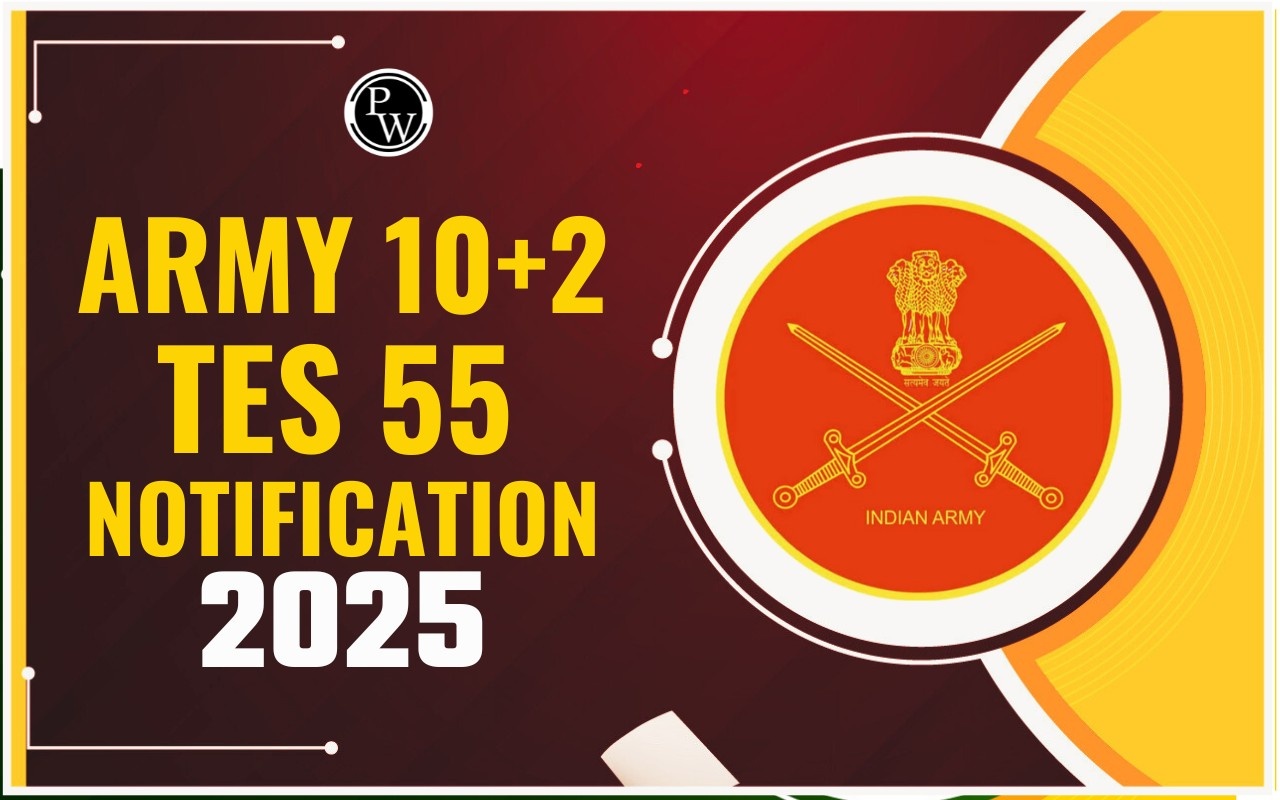

How India became the 4th most powerful military in the world is due to careful planning and modernisation of defence forces. India military power ranking 2025 shows growth in personnel, weapons, and technology. Students should study India’s defence strength 2025, including new equipment and strategies. Aspirants can also see how the Indian Armed Forces Global Ranking improved and how India’s Defence capability growth affects India’s Position in World Military Ranking.
India’s Position In World Military Ranking
India reached 4th place in the global military ranking through strong planning, modern technology, and well-trained personnel. The Indian Armed Forces Global Ranking reflects improvements in all areas. Students should note that this growth strengthens India’s Defence Strength 2025 and supports India's Military Achievements. From here, candidates can learn about the position of countries with their power index scores:
|
India’s Position In World Military Ranking |
||
|---|---|---|
|
Rank |
Country |
Power Index Score |
|
1 |
United States |
0.0744 |
|
2 |
Russia |
0.0788 |
|
3 |
China |
0.0788 |
|
4 |
India |
0.1184 |
Note: It should be noted that lower Power Index scores show stronger military strength. Candidates should understand that India’s ranking shows progress in land, air, and naval forces.
India Defence Capability Growth
India’s defence capability growth improved with the use of modern weapons, better training, and stronger infrastructure. Candidates should note that domestic production reduces dependence on imports and increases India's Military Power Ranking 2025. International partnerships also help in technology transfer and joint exercises. Aspirants can see that these efforts make India’s Defence Strength 2025 strong and competitive.
Key Factors Behind India’s Military Strength
The Rise of Indian military power comes from domestic production, modernisation, and global partnerships. India’s Military Modernisation includes new tanks, aircraft, missiles, and better training. Students should see that these steps increase India’s defence capability growth and strengthen India’s position in the world military ranking.
1. Indigenous defence production: India’s local production of tanks, aircraft, and missiles improves India's Defence Capability Growth. Students should know that this reduces reliance on imports and increases India's Military Power Ranking 2025.
2. Strategic international alliances: Partnerships with Russia, the US, and Israel help in joint training and technology sharing. Aspirants can see that these alliances improve India’s Defence Strength 2025 and India's Military Achievements.
3. Nuclear deterrence: India’s nuclear triad with missiles, submarines, and bombers provides strong defence. Candidates should note that nuclear weapons strengthen India’s Position In the World Military Ranking.
4. Geopolitical importance: India’s location in the Indo-Pacific helps control sea lanes and trade routes. Students should understand that this boosts the Indian Armed Forces' Global Ranking and India’s Defence Capability Growth.
India Defence Strength 2025
India's Military achievements include new tanks, aircraft, missiles, and a strong nuclear defence. Aspirants can see that these improve India's Military Power Ranking 2025 and India’s Position in World Military Ranking. Students should note that modernisation and training increase readiness and defence strength. Here are some of the facts that have led to an increase in India's Defence Strength 2025:
-
Active Personnel: About 1.4 million, with total forces over 5 million.
-
Defence Budget: Estimated US$415.9 billion from 2025–2029.
-
Modern Equipment: Tanks, aircraft, ships, and missiles show India's Military Achievements.
Note: These facts show India’s Defence Capability Growth and the Rise of Indian Military Power.
India Defence Forces Comparison
Students should understand that India's Military Power Ranking 2025 reflects strong personnel, new weapons, and local production. Studying India's Military achievements and comparisons helps students understand the Rise Of Indian Military Power. Here is the ranking of countries based on defence forces:
|
India Defence Forces Comparison |
||
|---|---|---|
|
Country |
Global Ranking |
Strengths |
|
United States |
1 |
Advanced air and naval power |
|
Russia |
2 |
Large nuclear and ground forces |
|
China |
3 |
Modern weapons and large personnel |
|
India |
4 |
Balanced nuclear triad and indigenous tech |
How India Became The 4th Most Powerful Military In The World FAQs
What is India's Military Power Ranking 2025?
How did India reach this world military ranking?
What factors led to rise of India in military power?
How has India's Defence Strength 2025 improved?
What are main military achievements of India ?













